Optimal Seasons for Foundation Repairs
Foundation repairs are most effectively performed during specific times of the year when environmental conditions are optimal. The timing of repairs can influence the durability and success of the work, making it important to choose the right season.
Spring offers moderate temperatures and increased moisture levels, which can aid in the curing process of repairs. However, heavy rainfall may cause delays.
Summer provides longer daylight hours and warm weather, facilitating easier scheduling. Dry conditions reduce the risk of delays caused by weather.
Fall often presents cooler temperatures and less humidity, ideal for certain foundation repair methods. Early fall is preferable before winter sets in.
Winter is generally less suitable due to freezing temperatures and potential snow or ice, which can hinder repair work and curing processes.

Spring's moderate weather conditions can be advantageous for foundation work.

Warm, dry summer days allow for efficient scheduling and completion.
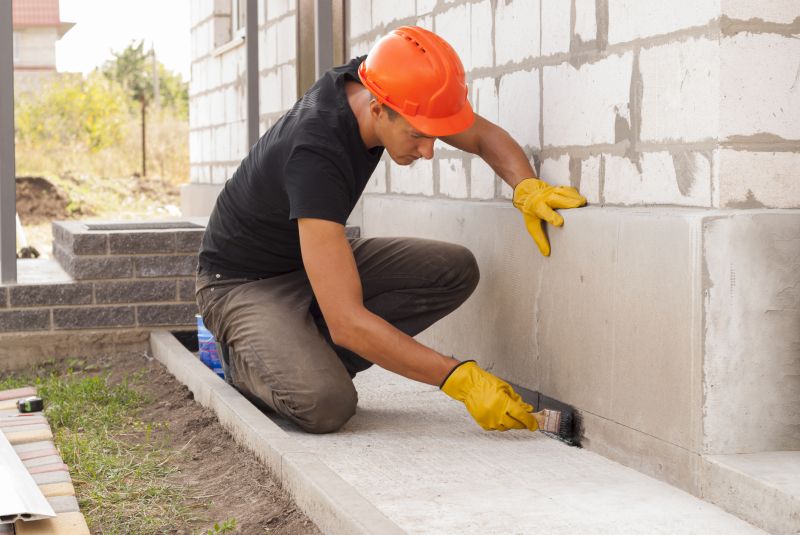
Early fall offers cooler temperatures suitable for certain repair techniques.
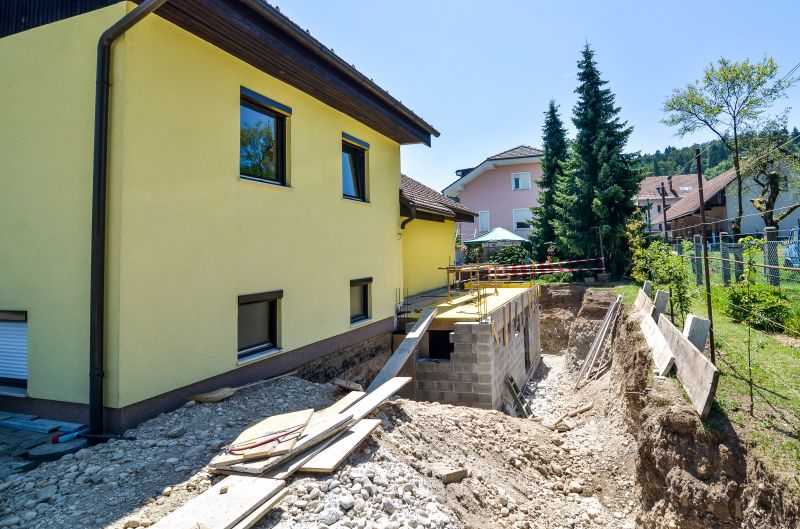
Ways to make Foundation Repairs work in tight or awkward layouts.

Popular materials for Foundation Repairs and why they hold up over time.

Simple add-ons that improve Foundation Repairs without blowing the budget.
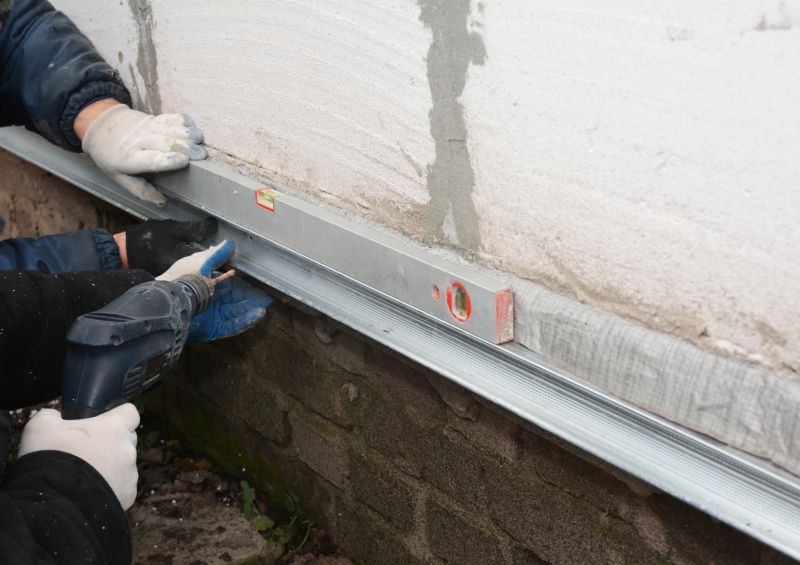
High-end options that actually feel worth it for Foundation Repairs.

Finishes and colors that play nicely with Foundation Repairs.
| Season | Ideal Conditions |
|---|---|
| Spring | Moderate temperatures, increased moisture, potential for rain delays |
| Summer | Warm, dry weather, longer daylight hours |
| Fall | Cooler temperatures, less humidity, before winter |
| Winter | Freezing temperatures, snow, and ice generally unsuitable |
Foundation repairs involve addressing structural issues caused by soil movement, settling, or water damage. Proper timing ensures that repairs are durable and effective. Seasonal conditions impact the curing process, material performance, and scheduling flexibility. For example, concrete curing is optimal in warm, dry conditions, making summer and early fall preferable for many repair types. Delaying repairs during unsuitable weather can lead to increased costs and compromised results.
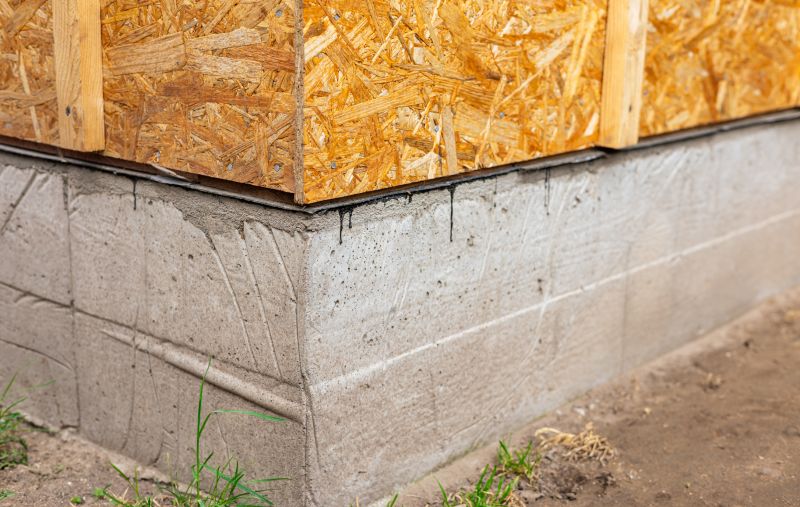
Professional foundation repair involves various techniques tailored to soil and damage type.

Specialized tools and machinery are used to stabilize and reinforce foundations.

Proper timing ensures visible improvements and long-term stability.

High-quality materials are essential for durable foundation restoration.
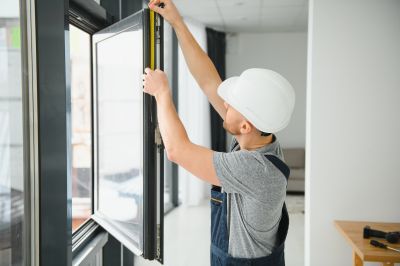
Little measurements that prevent headaches on Foundation Repairs day.
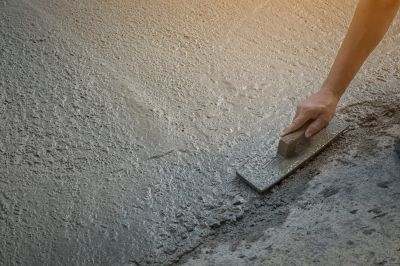
A 60-second routine that keeps Foundation Repairs looking new.
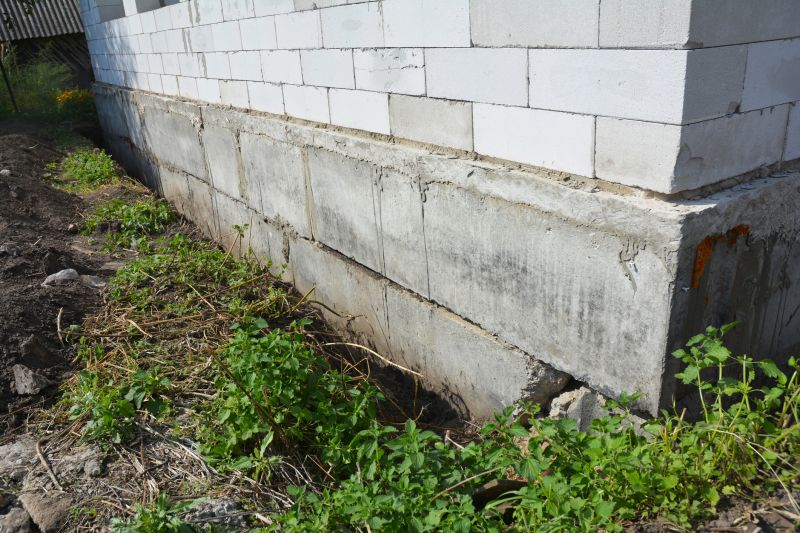
A frequent mistake in Foundation Repairs and how to dodge it.
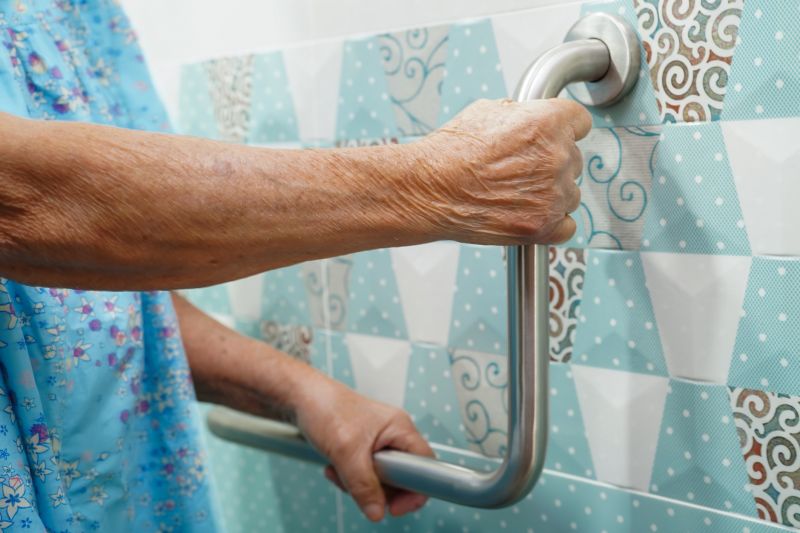
Small tweaks to make Foundation Repairs safer and easier to use.
Choosing the appropriate time for foundation repairs can prevent future issues and extend the lifespan of the structure. Consulting with foundation specialists can provide insights into seasonal considerations specific to local conditions. Proper planning and scheduling during optimal seasons can lead to more efficient work and better outcomes.

Timely inspections can identify issues early, allowing repairs during optimal seasons.
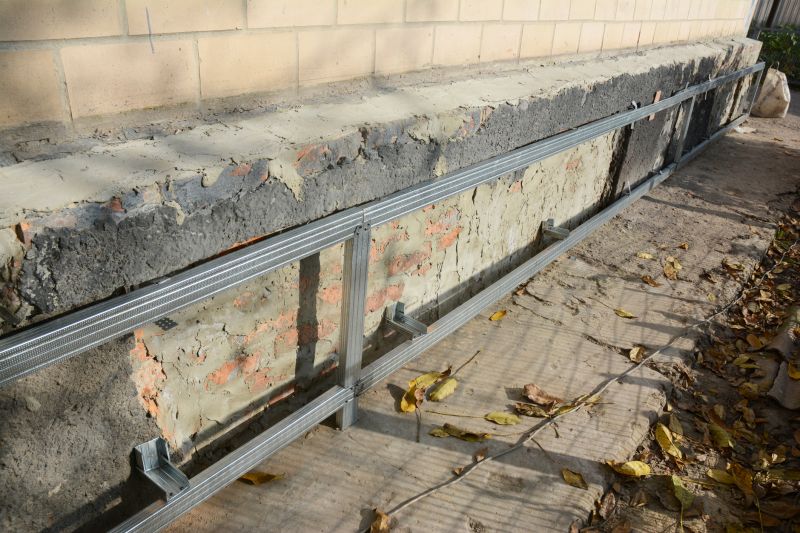
Properly timed repairs result in structural stability and peace of mind.
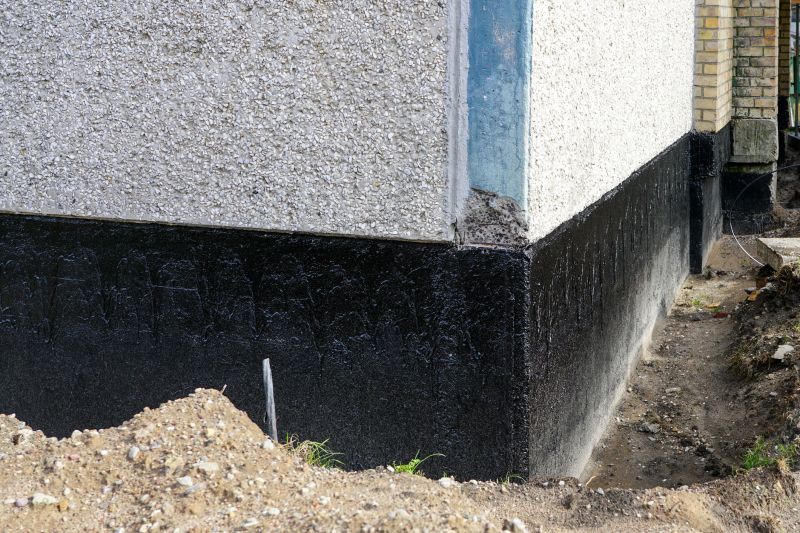
Lower-waste or water-saving choices for Foundation Repairs.
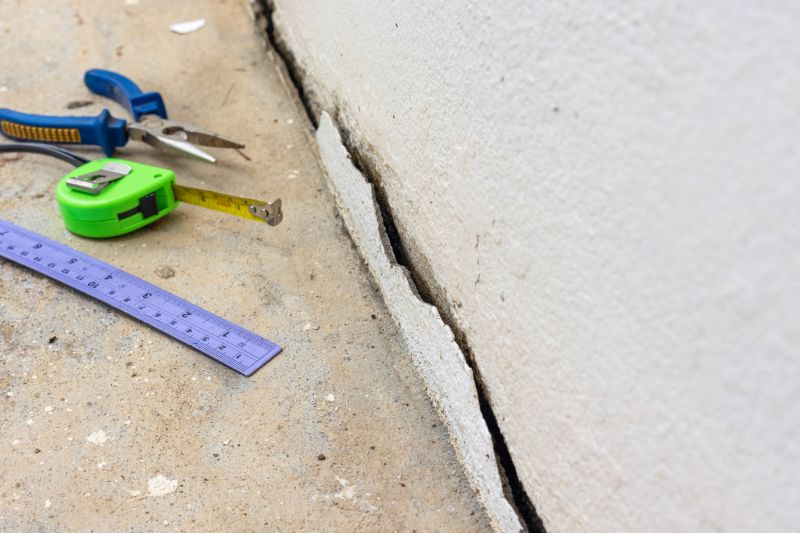
The short, realistic tool list for quality Foundation Repairs.
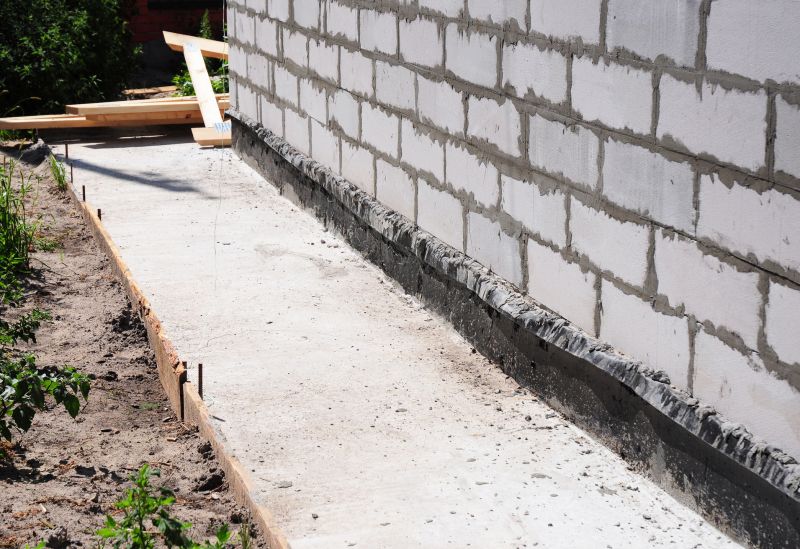
Rough timing from prep to clean-up for Foundation Repairs.
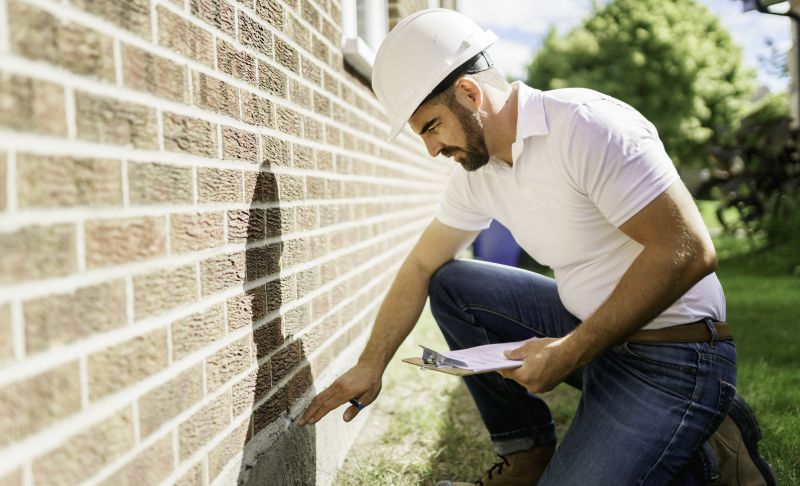
Quick checks and paperwork to keep after Foundation Repairs.

Examples that show the impact a good Foundation Repairs can make.
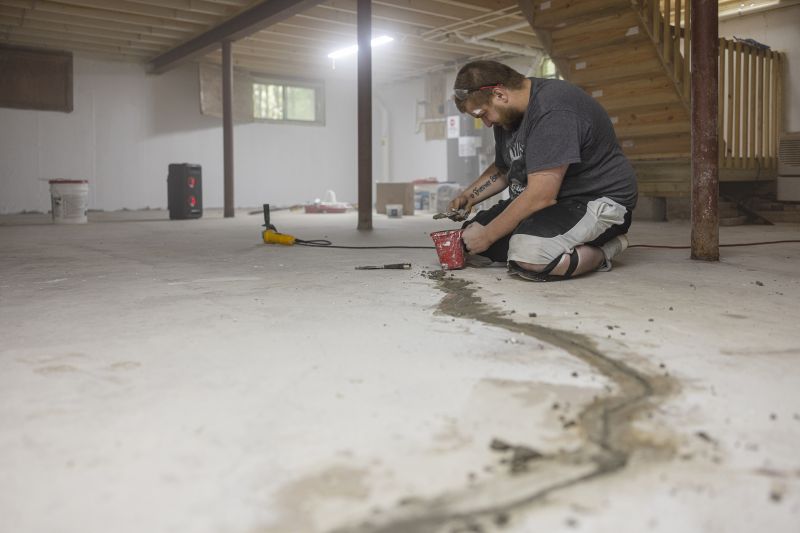
Ways to make Foundation Repairs work in tight or awkward layouts.
Interested in foundation repairs? Filling out the contact form can help schedule services at the most suitable time for your property. Proper timing and expert execution are key to ensuring long-lasting results.

